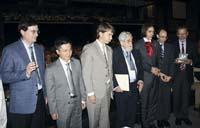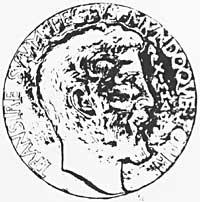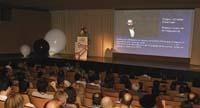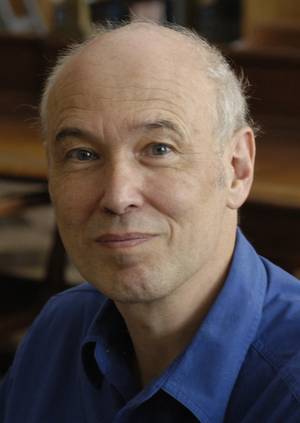Fields Medals 2010
2010/10/01 Elhuyar Zientzia Iturria: Elhuyar aldizkaria

The International Mathematical Association has awarded the 2010 Fields medals in Hyderabad, India. Fields medals are one of the two major prizes in the world of mathematics awarded every four years and received by the great mathematicians under 40. The winners of this edition were Israeli Elon Lindenstrauss, Vietnamese Ngo Bao Chau, Russian Stanislav Smirnov and French Cedric Villani. These awards demonstrate the sophistication of current mathematical research. For example, this year's winners unite two branches of science that in principle do not have much to do.
Elon Lindenstrauss's work relates ergodic theory to number theory. They are totally different. Ergodic theories focus on the temporal evolution of dynamic systems. Initially it was developed to understand the mechanics of celestial stars, but Lindenstrauss has applied it in the theory of numbers, that is, in the branch that studies the properties of numbers. Numbers instead of stars. In addition, he has been awarded the medal for his work in the conjecture of Littlewwod, a breakthrough in a mathematical expression still to be demonstrated. He has used ergodic theory and therefore received the prize, although conjecture is not proven.
The work of Ngo Bao Chau has even more philosophical consequences. 31 years ago mathematician Robert Langlands proposed a way to unify group theory and number theory (again). It is very difficult because group theories apply to continuous magnitudes and numbers to discontinuous magnitudes. Langlands had a great challenge from the beginning; it was necessary to demonstrate a basic motto before starting to work with other theorems. And Ngo Bao Chau --in 30 years no one else got it - got it. That's why he appeared in Time magazine.
The other two Fields medals have been awarded to mathematical jobs related to statistical physics.
Stanislav Smirnov has analyzed how small-scale physical process statistics direct large-scale physical behavior. For example, how the humidity of a wall extends; on a small scale, water enters through the pores, which greatly influences the humidity of the wall. He has used complex mathematical models in these problems.
The work of Cedric Villani also has to do with physics, with entropy. Entropy is an energy-related magnitude. It is often defined as a tendency to disarrange things. It has to do, for example, with the energy that guides the dispersion process of a drop of ink in the water. Well, Villani's mathematics analyzes how a system evolves over time due to entropy.

Gai honi buruzko eduki gehiago
Elhuyarrek garatutako teknologia






